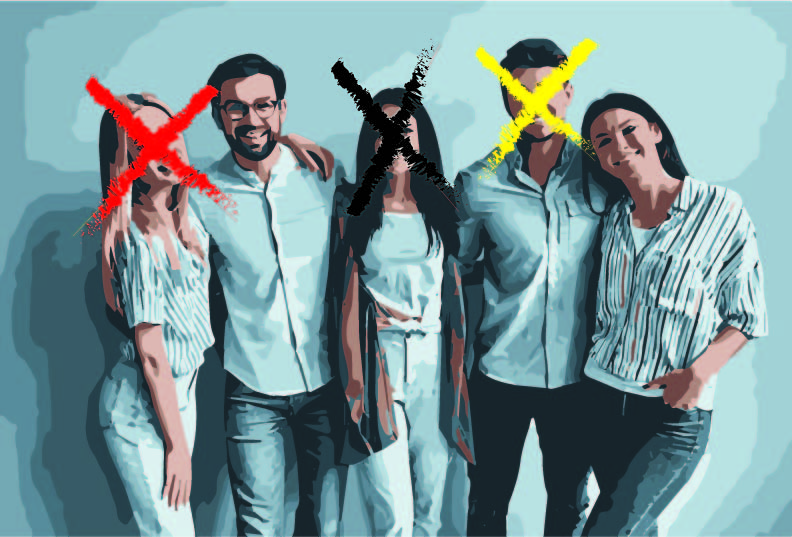The double-edged nature of cancel culture
April 6, 2021
In the 21st century, the terms “Canceling” or “Cancel Culture” have been embedded into common terminology. And with good reason. “Canceling” is a modern form of social-ostracisation that targets the elite in hopes of being a measure of accountability by the common public. It gives people control of situations that may affect them. Public figures or companies who have done something offensive or something the public disagrees with can be “canceled”, and consequently loses reputation and/or income. Cancel culture has served its purpose. In the past decade, celebrities such as Jeffrey Epstein and R. Kelly were scrutinized heavily by the public for their crimes. These incidents propagated the idea of cancel culture further into mainstream media, subsequently leading various public figures to get canceled for controversial situations. This shows that cancel culture gives power to people and ideally could be a great deterrent that keeps public figures in check.
However, many don’t realize the repercussions of this form of public call-out.
First, it’s important to preface that cancel culture exists primarily on social media. Social media platforms are highly contentious and it’s argued that they aren’t adequate platforms to discuss complex issues. Social media is formatted for quick updates and to spread information quickly. However, this is a tradeoff for the validity and quality of the information provided. This is a reason why emotionally-invigorating messages tend to spread throughout the masses quickly. This limits the scope of discussion that can be held and can create what is known as an echo chamber, where an idea that speaks the loudest is constantly repeated over and over to the point where fact-checking and oppositional arguments are completely drowned out, resulting in mob mentality.
In 2019 an incident involving James Charles, an internet personality known for his cosmetic content, was called out by other influencers. He received immediate backlash and lost millions of subscribers, with many hopping onto the bandwagon despite everything being a he-said-she-said situation. The incident soon moved on with the original accuser retracting their statement, but you can’t help but think about the what-ifs. James Charles was 19 years old at the time, dealing with retaliation from the millions accusing him of a one-sided situation. Being quite young and facing the scrutiny of millions could have placed a mental toll on him and driven him to the point of no return.
This happened with Hana Kimura, a 22-year-old reality TV star and wrestler that committed suicide over an incident that was later revealed to be staged by the show. Through the wave of negative comments slipped in a subset of death threats, name-calling and overall abuse from social media users.
Some argue death threats are to blame for extreme situations, but it’s more than that. The public’s negative pressure, in addition to these threats, is what pushes people to the edge. The fact that millions of people are actively against you can be traumatic. Furthermore, you can’t separate hateful comments from critical ones. When there is already a bias towards one side, there will inevitably be extremist comments. There’s no tangible solution to filter out these comments. In these worst-case scenarios, it’s both the extremist comments and negative spotlight that can drive people to the edge.
So yes, overall cancel-culture is an effective form of deterrence through accountability, but many don’t recognize the unintentional consequences of what they’re participating in. While an effective weapon, we can’t be ignorant of the harm it can do. This is why we should be skeptical in its usage and think carefully about what really could happen when we say we’ll “cancel” someone.







